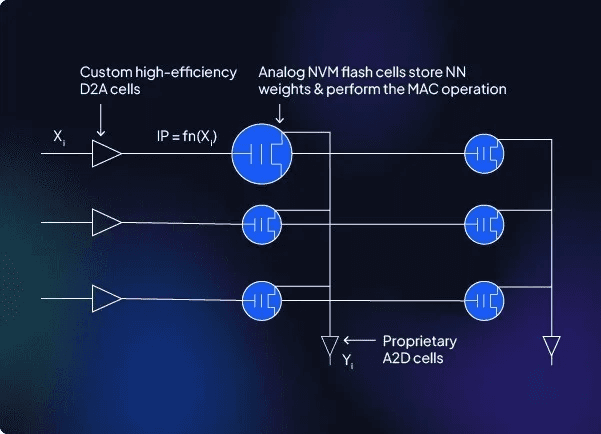Programming
Threat modeling: STRIDE vs pasta
IT professionals explain STRIDE
Apr 19, 2024
In the ever-evolving world of cybersecurity, threat modeling plays a pivotal role in safeguarding software and systems from malicious actors. Choosing the right threat modeling methodology is crucial – and two methods stand out: STRIDE and PASTA. This article dissects the strengths, weaknesses, and use cases of each to aid you in making the optimal choice for your organization's security strategy.
What is Threat Modeling?
Before we dive into the specifics, let's establish a foundation. Threat modeling is a proactive process that meticulously identifies, quantifies, and prioritizes potential cybersecurity threats to an application or system. It's a framework for thinking like an attacker, allowing organizations to anticipate vulnerabilities and implement protective measures before they're exploited.
STRIDE: The Classic Approach
The STRIDE threat modeling methodology was developed by Microsoft. It's an acronym standing for:
Spoofing
Tampering
Repudiation
Information Disclosure
Denial of Service
Elevation of Privilege
STRIDE provides a model-centric approach. Your team focuses on how each threat category aligns with different components of your system. Its relative simplicity makes it a popular entry point for organizations new to threat modeling.
PASTA: The Risk-Centric Methodology
PASTA (Process for Attack Simulation and Threat Analysis) offers a comprehensive, seven-stage risk-centric approach:
Define Objectives: Establish clear security goals and priorities.
Define Technical Scope: Outline the system boundaries and dependencies.
Application Decomposition: Break down your application into components.
Threat Analysis: Identify potential threats.
Vulnerability and Weakness Analysis: Uncover flaws and vulnerabilities.
Attack Modeling: Simulate attack scenarios and build attack trees.
Risk and Impact Analysis: Prioritize risk and recommend mitigations.
PASTA prioritizes risk assessment, emphasizing the probability and the potential impact of identified threats.
STRIDE vs. PASTA: Head-to-Head

Which Should You Choose?
The best choice depends on your specific needs:
STRIDE: Ideal for smaller projects, when you want a solid foundation, or if you're starting out with threat modeling.
PASTA: Opt for PASTA when you have complex systems, seek in-depth risk analysis, and want to align security closely with business objectives.
written by: Matthew Drabek
For our Services, feel free to reach out to us via meeting…
Please share our content for further education


